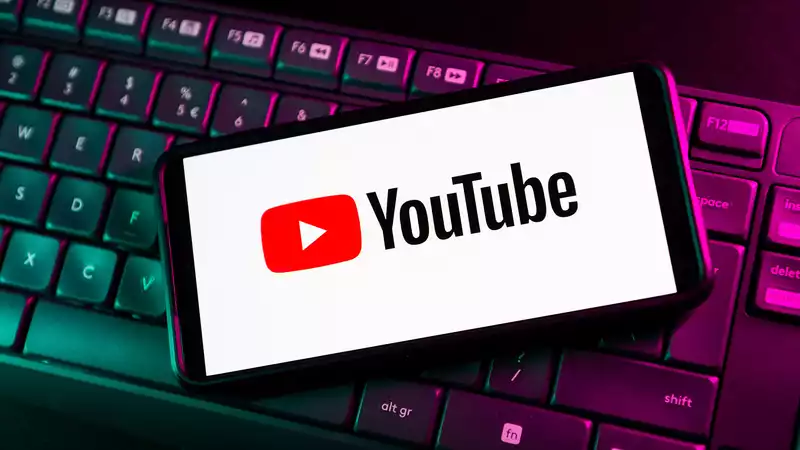YouTube is testing a new tool that uses AI to automatically translate videos into other languages. The company announced this week that it has partnered with Aloud, an AI dubbing service, to make it easier than ever for creators to reach international audiences.
The tool is currently being tested with hundreds of creators, Amjad Hanif, YouTube's vice president of creator products, told an audience at VidCon on Thursday. At this time, the tool is available in English, Spanish, and Portuguese, with plans to support other languages in the future. Soon, Hanif said, YouTube will make the tool available to all creators. In the meantime, names can be added to a waiting list.
Looking ahead, YouTube is "working on making the translated audio tracks sound more like the creator's voice, with more expression and lip-sync," Haniff added, and YouTube spokesperson Jessica Gibby told the Verge that these features are expected to launch in 2024.
This is the latest update to YouTube's efforts to expand the accessibility of its content for viewers around the world. Earlier this year, YouTube began testing a multilingual audio track that would allow creators to dub new and existing videos. Apparently, it was a huge success: the company told TechCrunch that as of this month, creators have dubbed more than 10,000 videos in over 70 languages on the platform. [According to Aloud's website, the process is as follows. First, the tool automatically generates a transcription of the video, which the creators then view and edit as needed. Once that is done successfully, the program translates and creates a voice-over for the video that can be uploaded to YouTube. The entire process, from start to finish, takes only a few minutes, says Araud.
Google first introduced Aloud in 2022 as part of its in-house incubator, Area 120. Prior to that, the only option for YouTubers to dub videos was to use a third-party service; language options for the AI-powered dubbing tool are limited for now, but Google says support for Hindi, Indonesian, and other languages The company plans to add them soon.
It is not surprising that YouTube will begin integrating more AI-powered features, as Google has worked hard to upgrade other services with AI capabilities. The company is testing the ability to add AI-powered snapshots to Google search results and ask follow-up questions; Google Bard, Google's experimental chatbot answer to ChatGPT, is also generating a lot of buzz. If you'd like to try it out for yourself, check out our guide to using Google Bard.










Comments